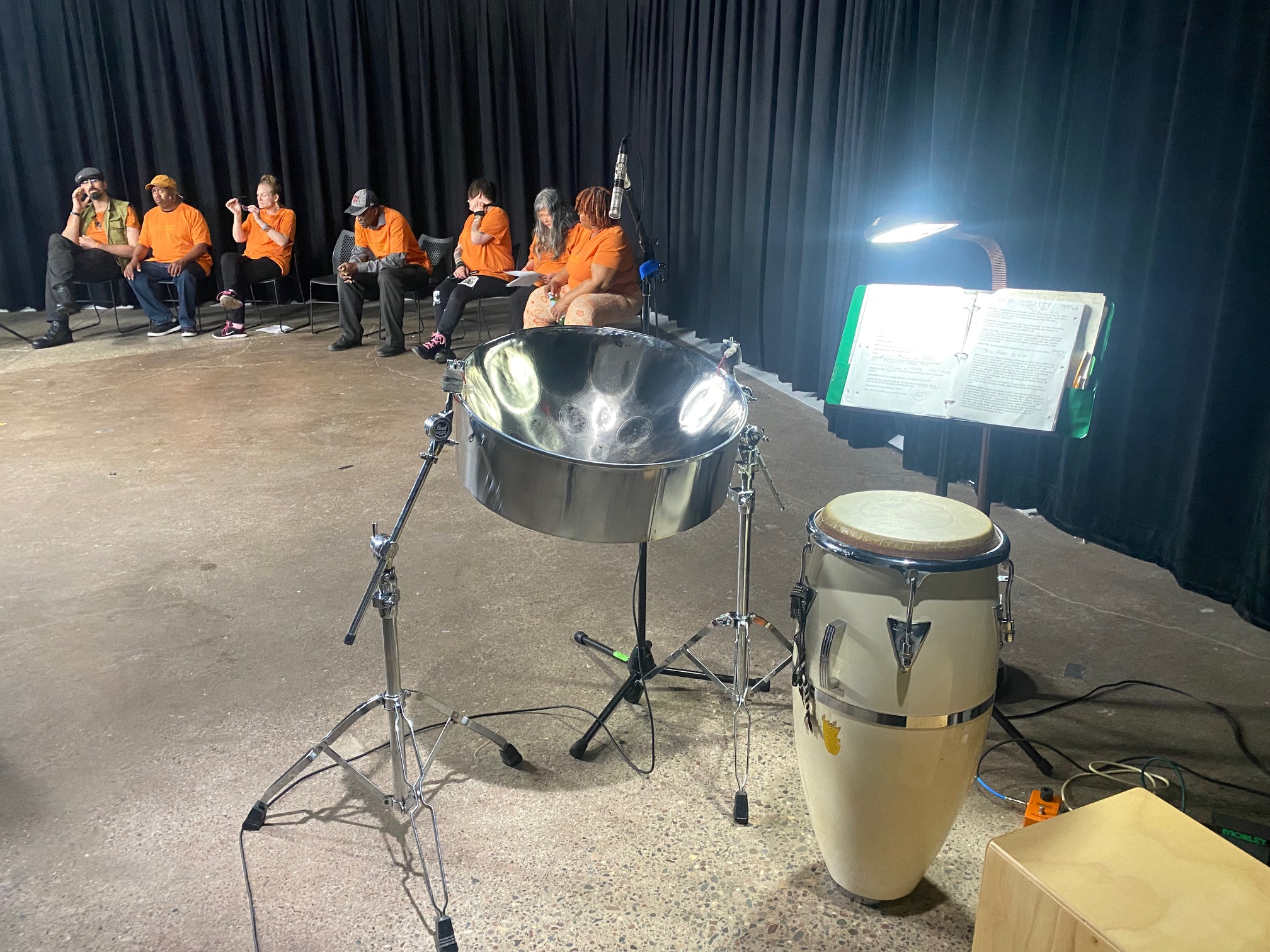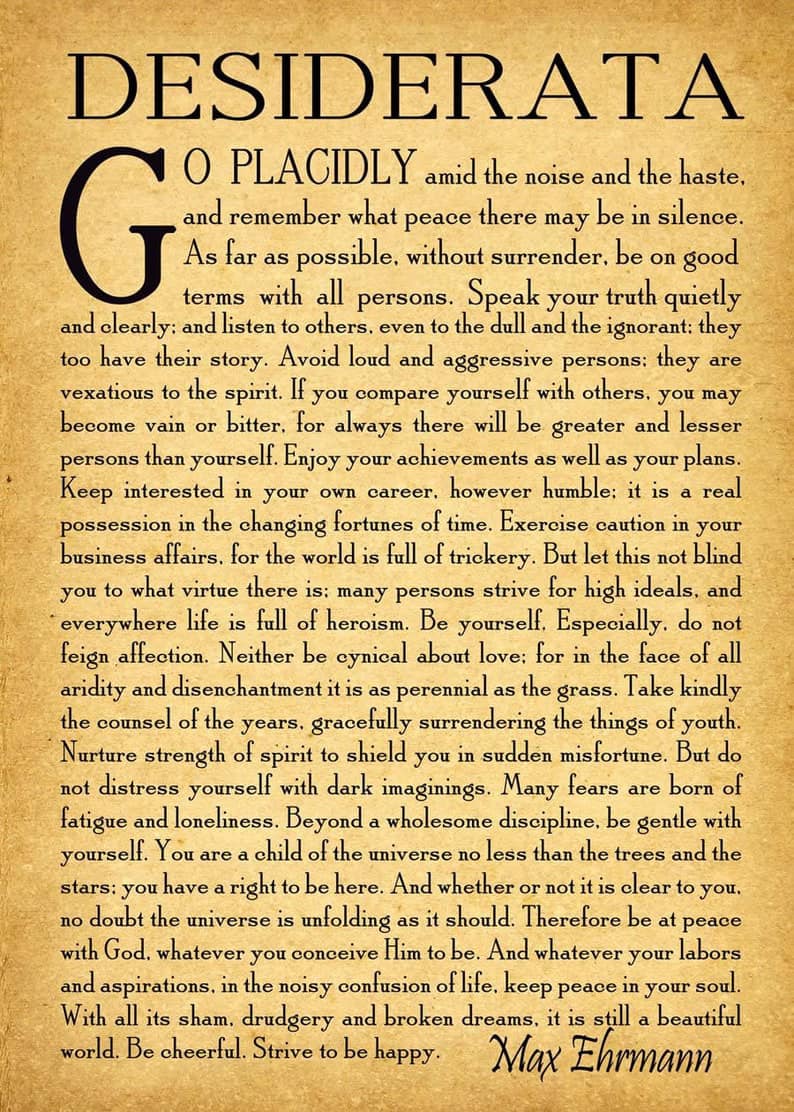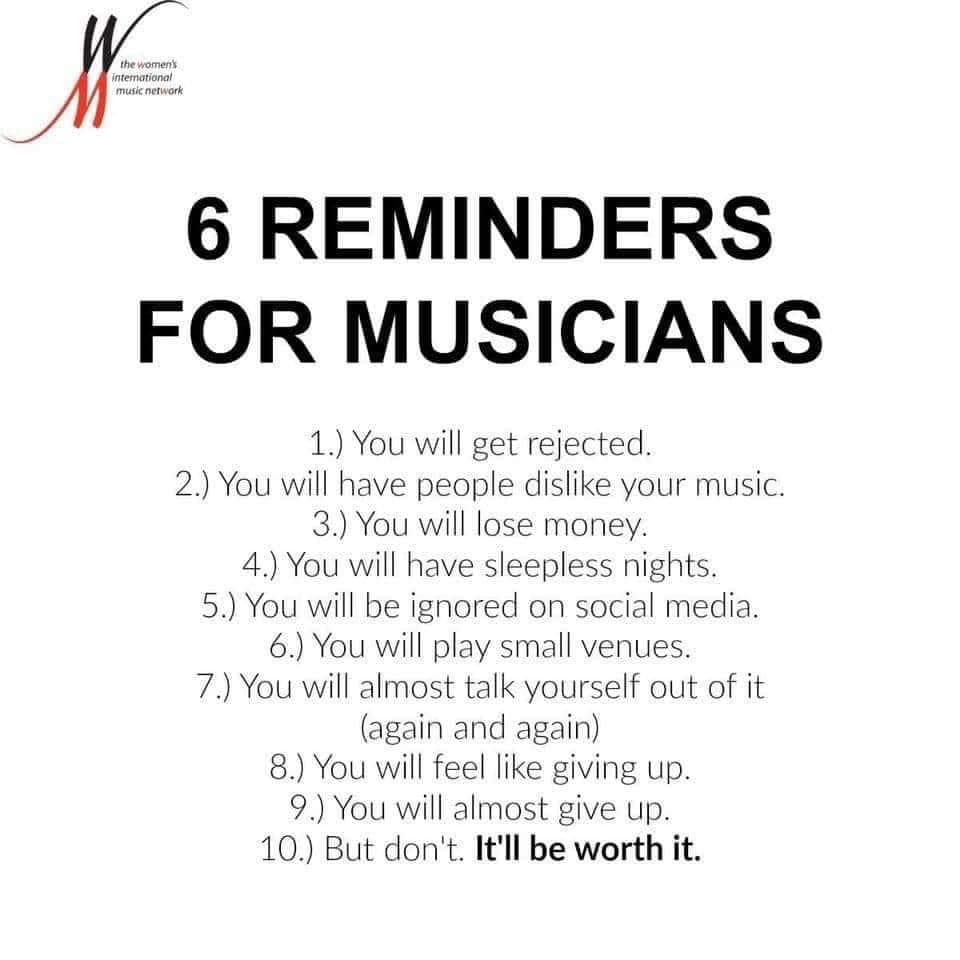Blog
Franklin Joseph Lymon (September 30, 1942 – February 27, 1968) was an American rock and roll/rhythm and blues singer and songwriter, best known as the boy soprano lead singer of the New York City-based early rock and roll doo-wop group The Teenagers. The group was composed of five boys, all in their early to mid-teens. The original lineup of The Teenagers, an integrated group, included three African-American members, Lymon, Jimmy Merchant, and Sherman Garnes; and two Puerto Ricanmembers, Joe Negroni and Herman Santiago. The Teenagers’ first single, 1956’s “Why Do Fools Fall in Love“, was also their biggest hit. After Lymon went solo in mid-1957, both his career and that of The Teenagers fell into decline. In 1968, Lymon was found dead at the age of 25 on the floor of his grandmother’s bathroom from a heroinoverdose. Lymon was posthumously inducted into the Rock and Roll Hall of Fame in 1993 as a member of the Teenagers. His life was dramatized in the 1998 film Why Do Fools Fall in Love.
more...Patrice Louise Rushen (born September 30, 1954) is American jazz pianist, R&B singer, record producer, multi-instrumentalist, songwriter, and music director.
At the 25th Annual Grammy Awards, her 1982 single, “Forget Me Nots“, received a nomination for Best Female R&B Vocal Performance, while her instrumental song, “Number One” was nominated Best R&B Instrumental; both songs were from her seventh studio album, Straight from the Heart (1982).
Since 2008, Rushen has served as an ambassador for artistry in education at the Berklee College of Music, and the chair of the popular music program at the USC Thornton School of Music since 2014.
more...
Oscar Pettiford (September 30, 1922 – September 8, 1960) was an American jazzdouble bassist and composer. He was one of the earliest musicians to work in the bebop idiom.
Jazz bassist Christian McBride called Pettiford “probably the most important bass player of that bebop generation in terms of creating new language for the bass.” Jamela Pettiford, a singer in St. Paul, Minnesota, and a descendant of the Pettiford family, told Minnesota Public Radio in 2022 that the Pettiford family band traveled itinerantly for a time as road musicians before settling in north Minneapolis. Pettiford died in 1960 in Copenhagen, shortly before his 38th birthday, from a virus closely related to polio.
more...Bernard “Buddy” Rich (September 30, 1917 – April 2, 1987) was an American jazzdrummer, songwriter, conductor, and bandleader. He is considered one of the most influential drummers of all time.
Rich was born and raised in Brooklyn, New York, United States. He discovered his affinity for jazz music at a young age and began drumming at the age of two. He began playing jazz in 1937, working with acts such as Bunny Berigan, Artie Shaw, Tommy Dorsey, Count Basie, and Harry James. From 1942 to 1944, Rich served in the U.S. Marines. From 1945 to 1948, he led the Buddy Rich Orchestra. In 1966, he recorded a big-band style arrangement of songs from West Side Story. He found lasting success in 1966 with the formation of the Buddy Rich Big Band, also billed as the Buddy Rich Band and The Big Band Machine.
Rich was known for his virtuoso technique, power, and speed. He was an advocate of the traditional grip, though he occasionally used matched grip when playing the toms. Despite his commercial success and musical talent, Rich never learned how to read sheet music, preferring to listen to the drum parts played in rehearsal by whomever was his drum roadie at the time and relying on his uncanny photographic memory. In early March 1987, he was touring in New York when he was hospitalized after suffering a paralysis on his left side that physicians believed had been caused by a stroke. He was transferred to California to UCLA Medical Center in Los Angeles for tests, where doctors discovered and removed a brain tumor on March 16. He was discharged a week later, but continued to receive daily chemotherapy treatments at the hospital. On April 2, 1987, he died of unexpected respiratory and cardiac failure after a treatment related to the malignant brain tumor.
more...Known for its iconic blue stars, the Pleiades is shown here in infrared light where the surrounding dust outshines the stars. Here, three infrared colors have been mapped into visual colors (R=24, G=12, B=4.6 microns). The base images were taken by NASA’s orbiting Wide Field Infrared Survey Explorer (WISE) spacecraft. Cataloged as M45 and nicknamed the Seven Sisters, the Pleiades star cluster is by chance situated in a passing dust cloud. The light and winds from the massive Pleiades stars preferentially repel smaller dust particles, causing the dust to become stratified into filaments, as seen. The featured image spans about 20 light years at the distance of the Pleiades, which lies about 450 light years distant toward the constellation of the Bull (Taurus).

September 29th 1941-May 15th 1995
Perry Lederman, who died May 15 at his home in Woods Hole, Massachusetts, after a long battle with cancer, was one of the little-known legends of the folk revival. Born in Brooklyn, NY, he was inspired to learn guitar after seeing Tom Paley playing in Washington Square Park and quickly became one of the foremost fingerstyle players in the city, exploring and reviving traditional styles in the company of friends like Danny Kalb and Roy Berkeley. He was also a peerless seeker-out of vintage ¾-size Martin guitars, which he continued to favor throughout his life.
Perry continued to play during a brief college stint in Ann Arbor, Michigan, then moved to Berkeley, California, where he became a leading folk performer in partnership with writer and poet Al Young. His playing, notable for its passion and imagination, and an astonishing, controlled vibrato, was a major influence on later West Coast players like John Fahey and frequent housemate and jamming partner Michael Bloomfield. It was during this period that he made his only issued recording, on a Bay Area sampler for the Arhoolie label. More interested in the music itself than in commercial success, Perry put the guitar aside just as his West Coast followers began to receive national attention, preferring to spend eight years studying sarod as a student and friend of Indian master Ali Akbar Khan.
more...Roy Sinclair Campbell Jr. (September 29, 1952 – January 9, 2014) was an American trumpeter frequently linked to free jazz, although he also performed rhythm and bluesand funk during his career.
Born in Los Angeles, California, in 1952, Campbell was raised in New York City. At the age of fifteen, he began learning to play trumpet and soon studied at the Jazz Mobile program along with Kenny Dorham, Lee Morgan and Joe Newman.Throughout the 1960s, still unacquainted with the avant-garde movement, Campbell performed in the big bands of the Manhattan Community College. From the 1970s onwards, he performed primarily within the context of free jazz, spending some of this period studying with Yusef Lateef. Campbell composed the film music for the documentary Survival in New York (1989) by Rosa von Praunheim.
In the early 1990s, Campbell moved to the Netherlands and performed regularly with Klaas Hekman and Don Cherry. In addition to leading his own groups, he performed with Yo La Tengo, William Parker, Peter Brötzmann, Matthew Shipp, and other improvisors. Upon returning to the United States he began leading his group Other Dimensions In Music and also formed the Pyramid Trio, a pianoless trio formed with William Parker.
He died in January 2014 of hypertensive atherosclerotic cardiovascular disease at the age of 61.
more...Jean-Luc Ponty (born 29 September 1942) is a French jazz and jazz fusion violinist and composer. Ponty was born into a family of classical musicians in Avranches, France. His father taught violin, his mother taught piano. At sixteen, he was admitted to the Conservatoire National Supérieur de Musique de Paris, graduating two years later with the institution’s highest honor, Premier Prix (first prize). He was hired by the Orchestre Lamoureux in which he played for three years.
While still a member of the orchestra in Paris, Ponty picked up a side job playing clarinet (which his father had taught him) for a college jazz band that regularly performed at local parties. It proved life-changing. A growing interest in Miles Davis and John Coltrane compelled him to take up tenor saxophone. One night after an orchestra concert, and still wearing his tuxedo, Ponty found himself at a local club with only his violin. Within four years, he was widely accepted as the leading figure in “jazz fiddle”.
At that time, Ponty was leading a dual musical life: rehearsing and performing with the orchestra while also playing jazz at clubs throughout Paris. The demands of this schedule eventually brought him to a crossroads. Critic Joachim-Ernst Berendt wrote that “Since Ponty, the jazz violin has been a different instrument”.
more...Jerry Lee Lewis (September 29, 1935 – October 28, 2022) was an American pianist, singer and songwriter. Nicknamed “The Killer“, he was described as “rock ‘n’ roll‘s first great wild man”. A pioneer of rock and roll and rockabilly music, Lewis made his first recordings in 1952 at Cosimo Matassa‘s J&M Studio in New Orleans, Louisiana, and early recordings in 1956 at Sun Records in Memphis, Tennessee. “Crazy Arms” sold 300,000 copies in the Southern United States, but it was his 1957 hit “Whole Lotta Shakin’ Goin’ On” that shot Lewis to worldwide fame. He followed this with the major hits “Great Balls of Fire“, “Breathless“, and “High School Confidential“.
His rock and roll career faltered in the wake of his marriage to Myra Gale Brown, his 13-year-old first cousin once removed. His popularity quickly eroded following the scandal, and with few exceptions, such as a cover of Ray Charles‘s “What’d I Say“, he did not have much chart success in the early 1960s. His live performances at this time were increasingly wild and energetic. His 1964 live album Live at the Star Club, Hamburg is regarded by many music journalists and fans as one of the wildest and greatest live rock albums ever. In 1968, Lewis made a transition into country music and had hits with songs such as “Another Place, Another Time“. This reignited his career, and throughout the late 1960s and 1970s, he regularly topped the country-western charts; throughout his seven-decade career, Lewis had 30 songs reach the Top 10 on the BillboardCountry and Western Chart. His No. 1 country hits included “To Make Love Sweeter for You“, “There Must Be More to Love Than This“, “Would You Take Another Chance on Me“, and “Me and Bobby McGee“.
Lewis’s successes continued throughout the decades, and he embraced his rock and roll past with songs such as a cover of The Big Bopper‘s “Chantilly Lace” and Mack Vickery‘s “Rockin’ My Life Away”. In the 21st century, Lewis continued to tour worldwide and released new albums. His 2006 album Last Man Standing was his best-selling release, with over a million copies worldwide. This was followed by Mean Old Man in 2010, another of his bestselling albums.
Lewis had a dozen gold records in rock and country. He won four Grammy awards, including a Grammy Lifetime Achievement Award and two Grammy Hall of FameAwards. Lewis was inducted into the inaugural class of the Rock and Roll Hall of Famein 1986, and his pioneering contribution to the genre was recognized by the Rockabilly Hall of Fame. He was also a member of the inaugural class inducted into the Memphis Music Hall of Fame. He was inducted into the Country Music Hall of Fame in 2022. In 1989, his life was chronicled in the movie Great Balls of Fire, starring Dennis Quaid. In 2003, Rolling Stone listed his box set All Killer, No Filler: The Anthology at number 242 on their list of “500 Greatest Albums of All Time“. In 2004, they ranked him No. 24 on their list of the 100 Greatest Artists of All Time. Lewis was the last surviving member of Sun Records‘ Million Dollar Quartet and the album Class of ’55, which also included Johnny Cash, Carl Perkins, Roy Orbison, and Elvis Presley.
Music critic Robert Christgau said of Lewis: “His drive, his timing, his offhand vocal power, his unmistakable boogie-plus piano, and his absolute confidence in the face of the void make Jerry Lee the quintessential rock and roller.”
more...

A spectacular head-on collision between two galaxies fueled the unusual triangular-shaped star-birthing frenzy, as captured in a new image from NASA’s Hubble Space Telescope. The interacting galaxy duo is collectively called Arp 143. The pair contains the glittery, distorted, star-forming spiral galaxy NGC 2445 at right, along with its less flashy companion, NGC 2444 at left.
Astronomers suggest that the galaxies passed through each other, igniting the uniquely shaped star-formation firestorm in NGC 2445, where thousands of stars are bursting to life on the right-hand side of the image. This galaxy is awash in starbirth because it is rich in gas, the fuel that makes stars. However, it hasn’t yet escaped the gravitational clutches of its partner NGC 2444, shown on the left side of the image. The pair is waging a cosmic tug-of-war, which NGC 2444 appears to be winning. The galaxy has pulled gas from NGC 2445, forming the oddball triangle of newly minted stars. 191mly.

Benjamin Earl King (September 28, 1938 – April 30, 2015) was an American soul and R&B singer and record producer. He rose to prominence as one of the principal lead singers of the R&B vocal group the Drifters, notably singing the lead vocals on three of their biggest hit singles “There Goes My Baby“, “This Magic Moment“, and “Save the Last Dance for Me” (their only U.S. No. 1 hit).
As a soloist, King is best known as the singer and co-composer of “Stand by Me“, which became a US Top 10 hit, both in 1961 and later in 1986 (when it was used as the theme to the film of the same name), and a number one hit in the United Kingdom in 1987. The single was also placed on the RIAA‘s list of Songs of the Century. His 1975 single “Supernatural Thing” became a top five hit on the Billboard Hot 100. Additionally, King was the original recording artist of songs such as “Spanish Harlem“, “I (Who Have Nothing)“, “So Much Love“, “Don’t Play That Song (You Lied)“, “We’re Gonna Groove“, and “Till I Can’t Take It Anymore” all of which have been covered by multiple artists to varying degrees of success.
King was inducted into the Rock and Roll Hall of Fame in 1988, as a member of the Drifters, and has been nominated as a solo artist. Along with the Drifter’s “There Goes My Baby“, King’s songs “Stand by Me” and “Spanish Harlem” also appeared on the Rock and Roll Hall of Fame’s list of 500 Songs That Shaped Rock and Roll.Additionally, he was inducted alongside the Drifters into Vocal Group Hall of Fame in 2000, as well as the Songwriters Hall of Fame in 2012 with the Towering song award.
more...More Posts
- Kelly Larson “Mother by day and Musician by night”
- Michael Mothershed “Do it for the Love, and not the money, and you’ll have a career!”
- Kenna-Camara Cottman “When you are Black and creating a work, Blackness is in it!”
- Julie Kastigar Boada “Art is a powerful tool for people to tell stories that are on the fringe.”
- Phil Belknap “Ya Gotta do the Music ‘cus ya Love It!”
- “Little Diamonds” Luke Leblanc does the chic a boom, chic a boom
- Jim Zieba “Sitting back and enjoying the music”
- Nothando Zulu doesn’t separate the artist from the community
- Chris Johnson: He Gets Paid by the Rest
- Johnna Morrow: Survival Through Diversification
- Kevin Washington: Jumping Out of the Box
- Milo Fine: Composing in Real Time
- Homewood Studios: You Do Not Have to Leave the Community to Find Great Art
- David Harris: Music Builds Community
- Jamie Carter: Music is a Reflection of Life
- Merlin Brunkow-Bronco Keeps on Playing
- Scott Nieman-Music Brings People Together Locally and Globally
- KARIBUNI
- Maqam
- Ancestor Energy



